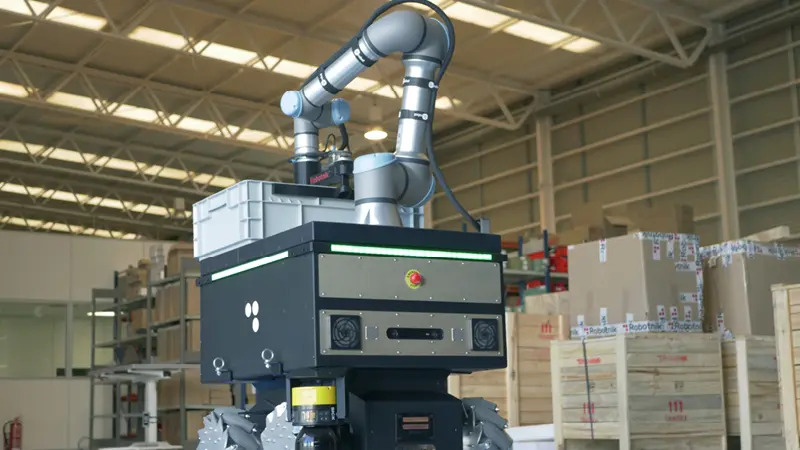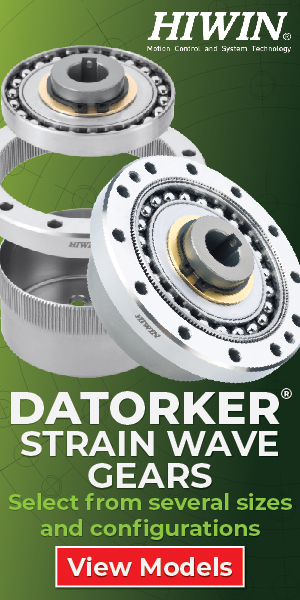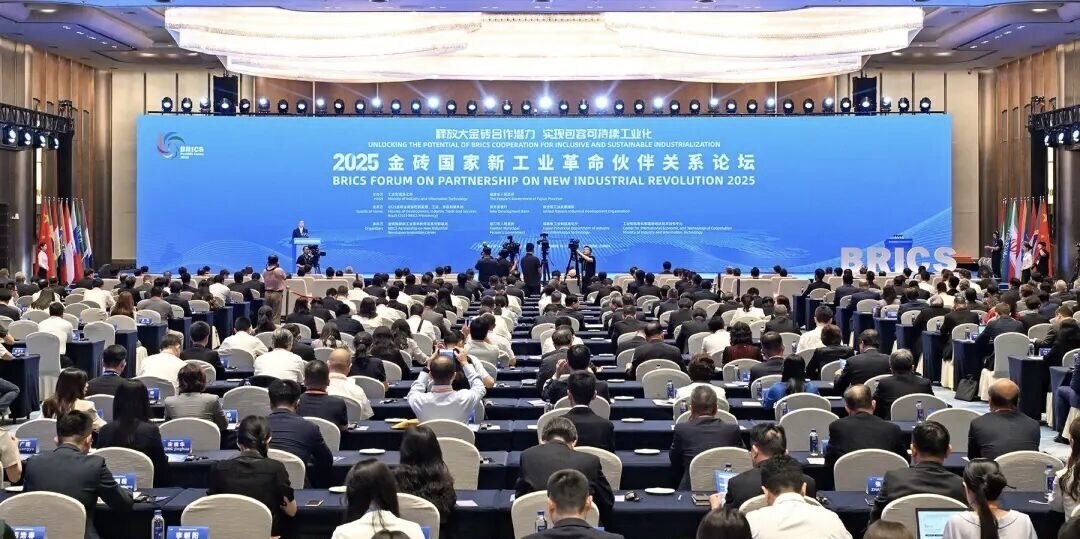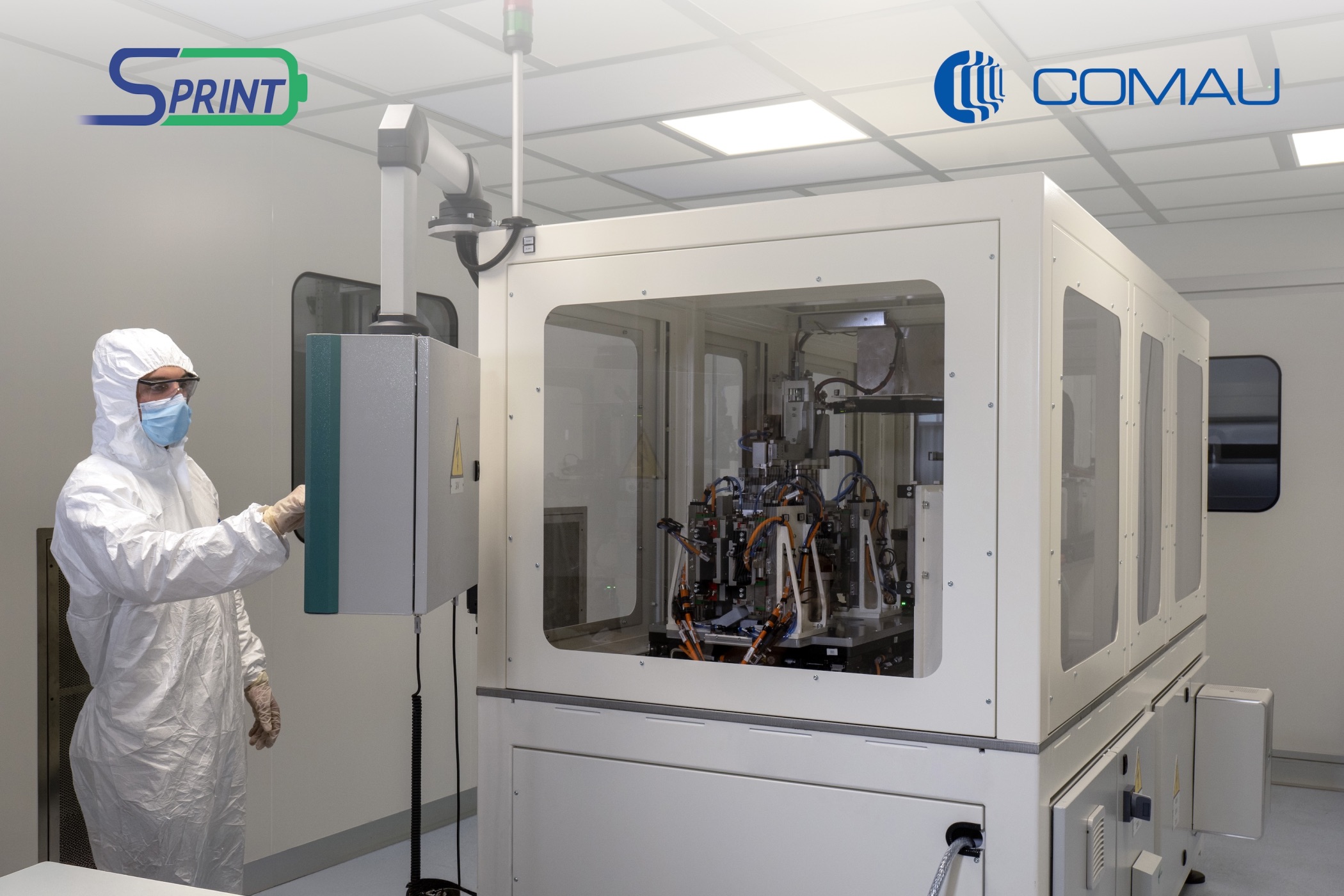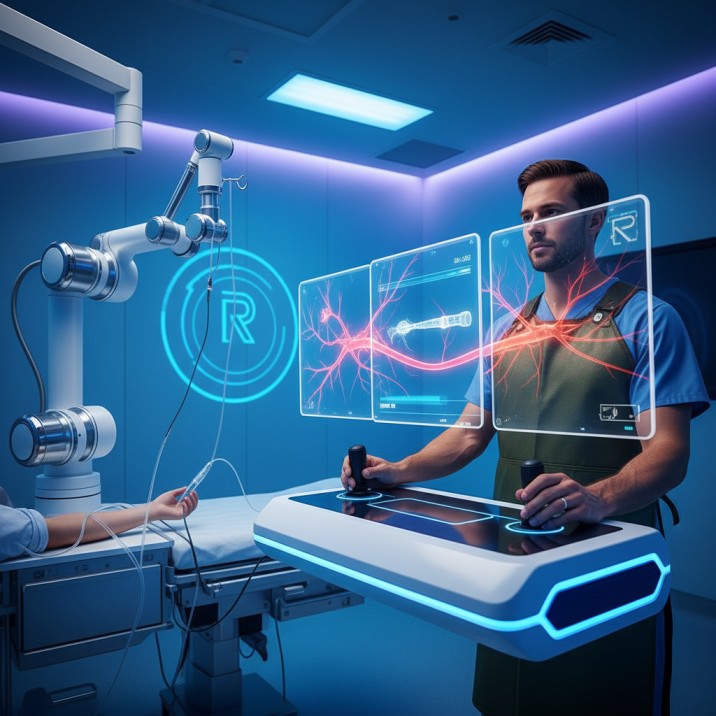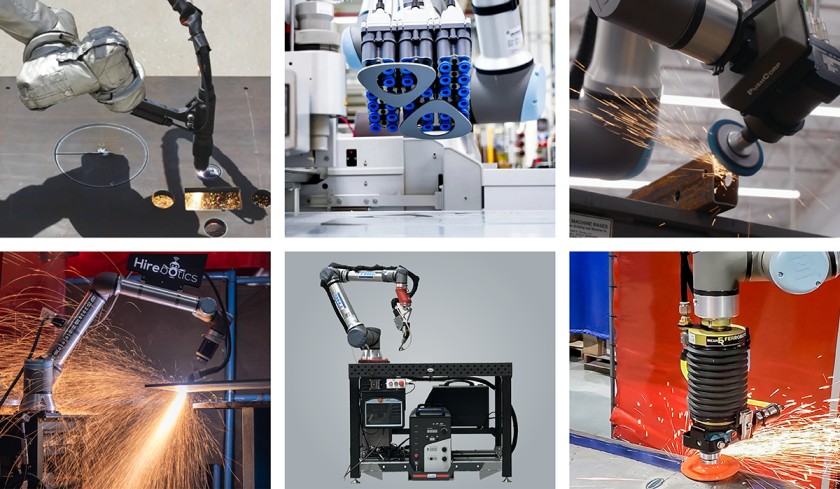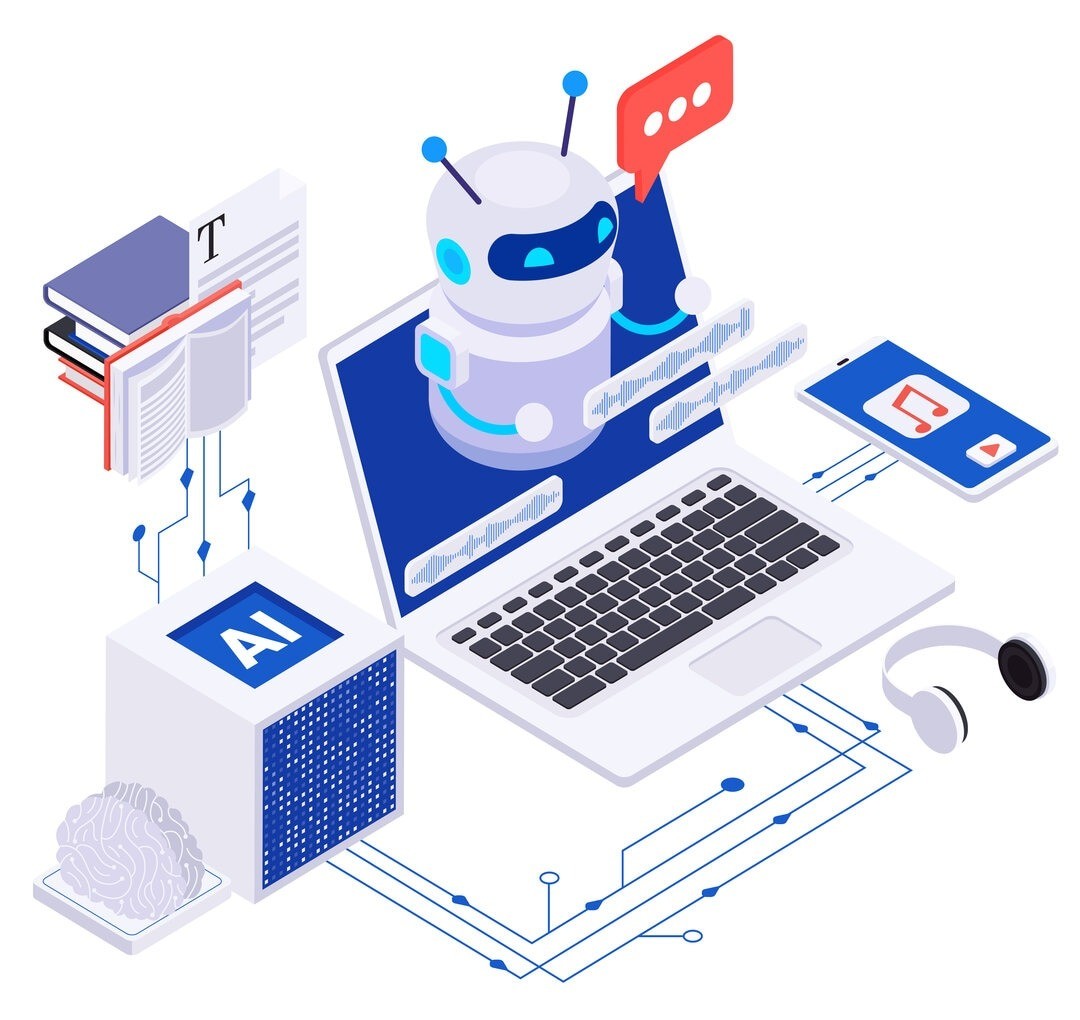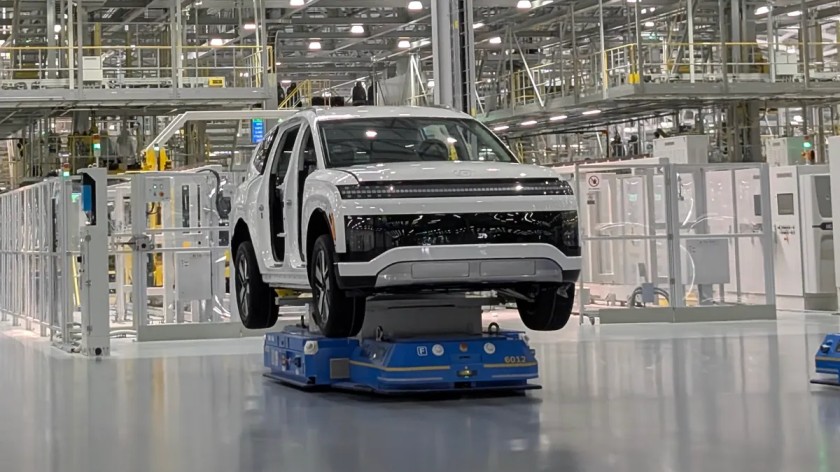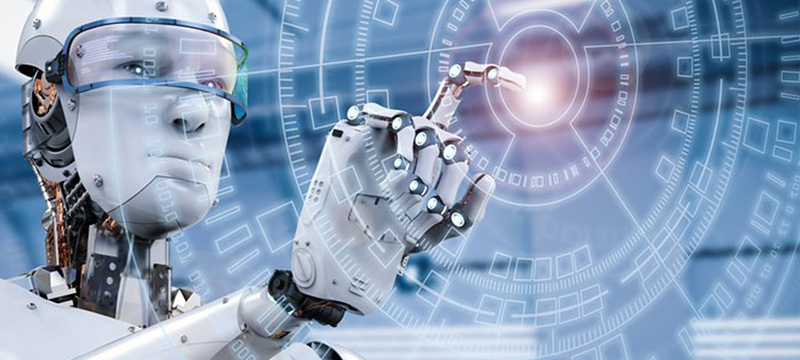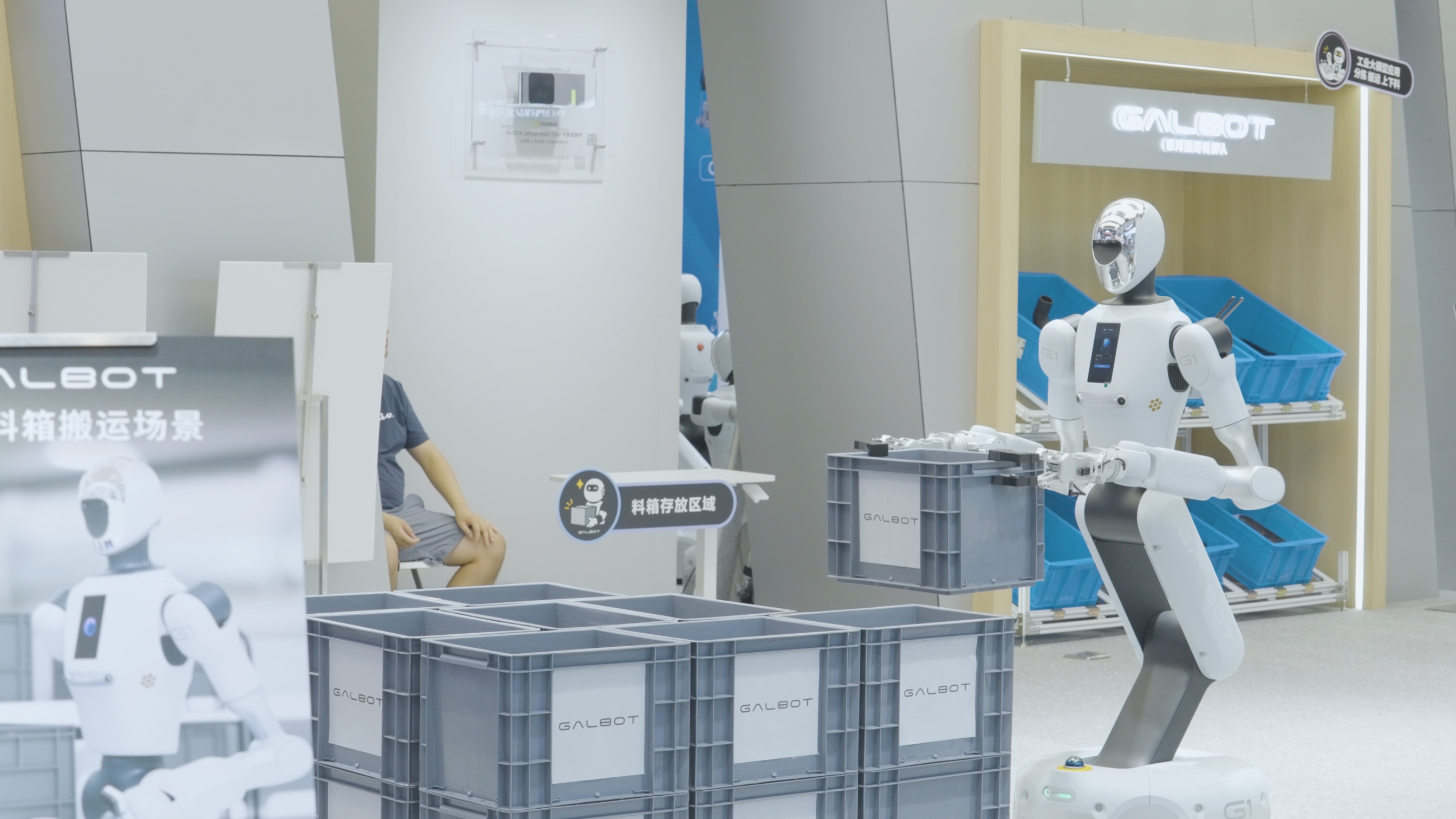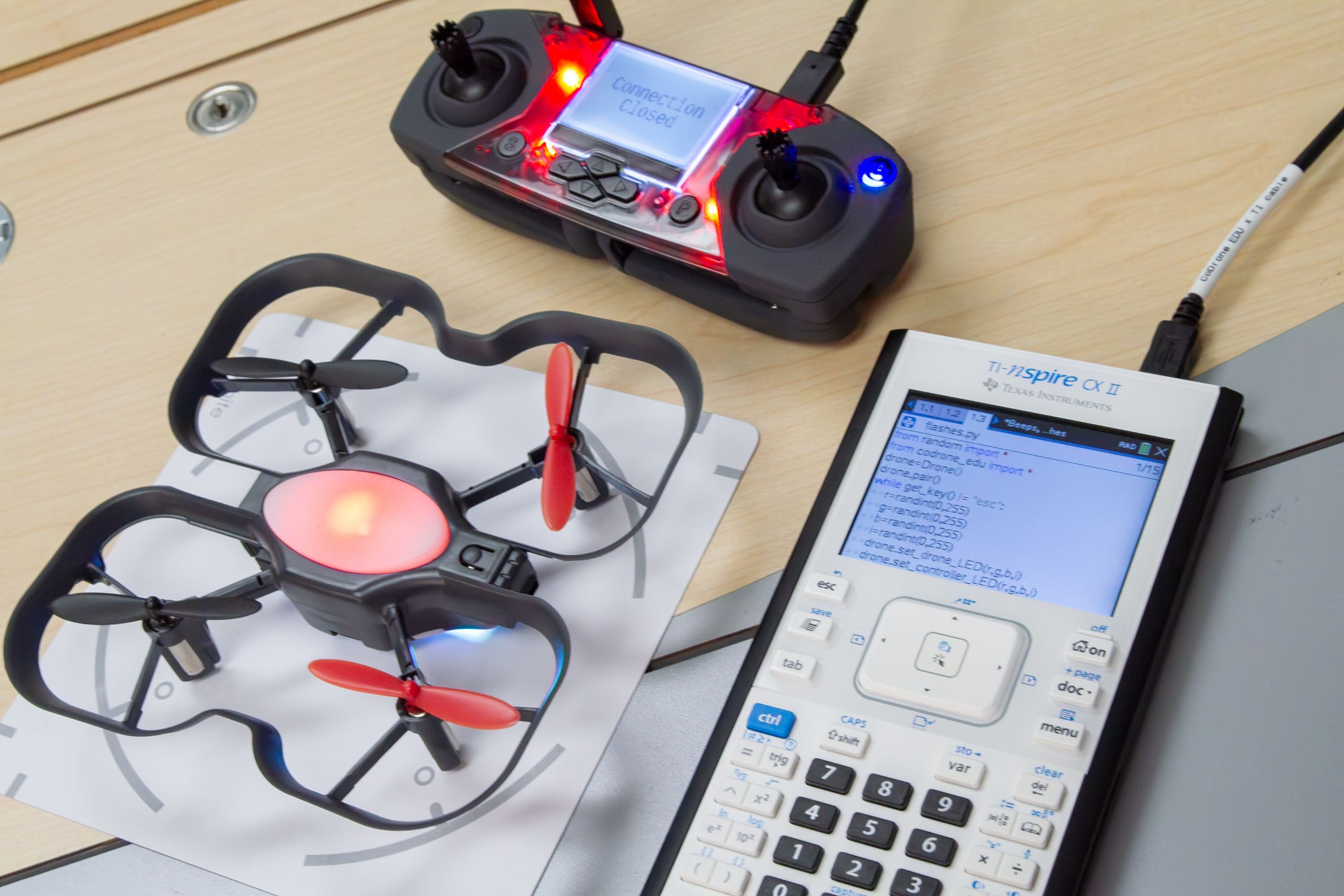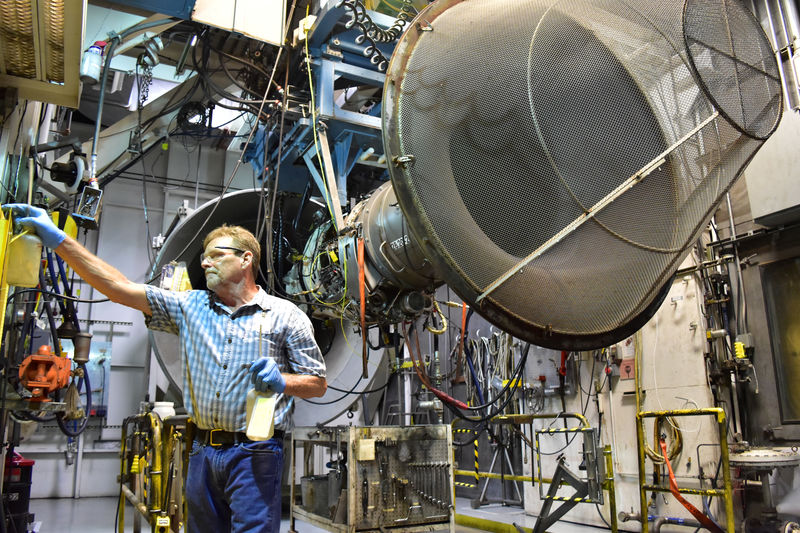Industrial mobile robots are already established for the automation of factories that perform tasks such as logistics transport or the handling and classification of parts.
The challenge of industrial robotics lies in improving efficiency in a smart way to achieve more cost-effective and sustainable industrial automation.
The convergence between industrial automation and robotics is a key combination on the path to sustainable manufacturing.
Industry 4.0 marks a new era in factory automation and the digitalization of industrial processes, integrating technologies such as robotics, the Internet of Things (IoT), Artificial Intelligence (AI) and Big Data to improve production efficiency and open new paths towards production processes with a lower environmental impact.
Promoting the transition to more sustainable industrial practices through the use of renewable energies, improving product traceability and implementing more flexible production systems that adjust energy demand in real time, contribute not only to the competitiveness of companies, but also to the creation of greener and more responsible markets, reducing the carbon footprint and promoting the efficient use of natural resources.
Autonomous mobile robotics and Industry 4.0 therefore offer advantages in terms of productivity and play a crucial role in creating a more sustainable future from an environmental perspective.


